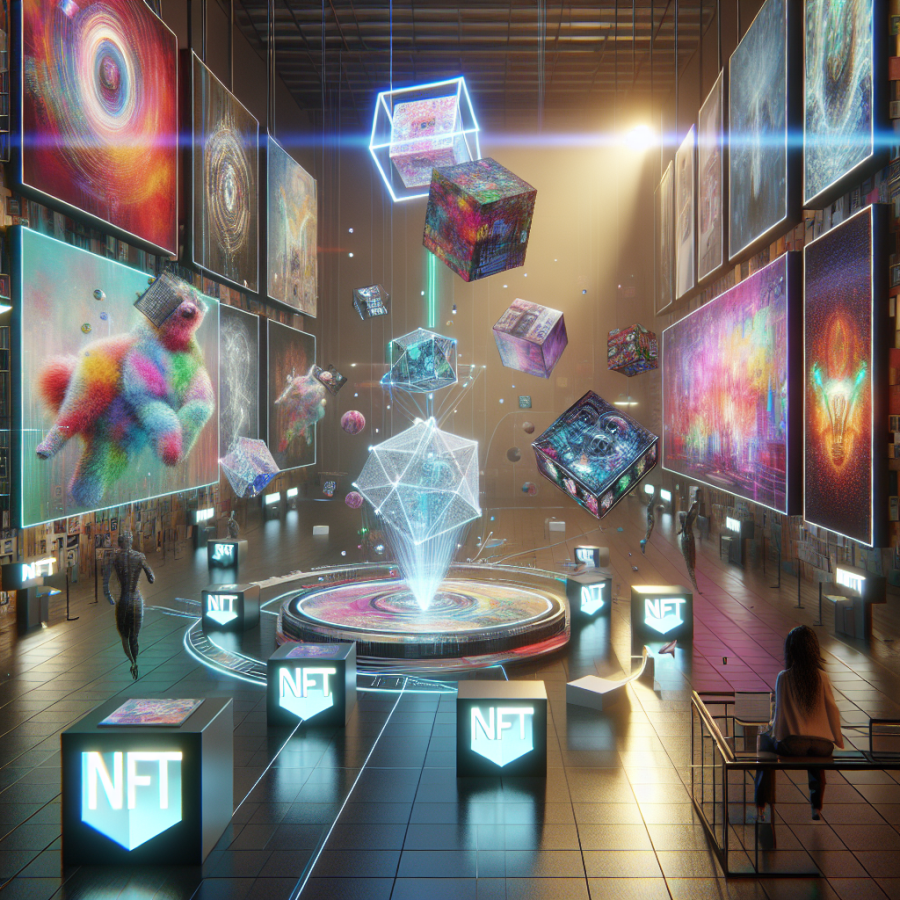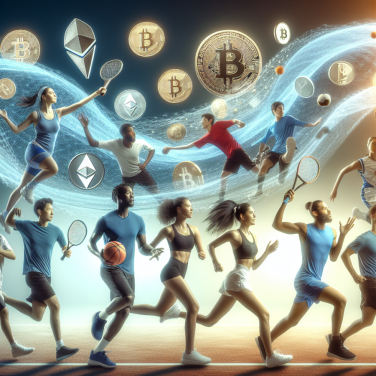From Canvas to Blockchain: Exploring the Frontier of Artist-Driven NFT Platforms
The digital art world is evolving fast, and nowhere is this more evident than in the burgeoning marketplace for Non-Fungible Tokens (NFTs). NFTs have disrupted the traditional art market by offering a new way for artists to monetize their work, retain more control, and directly engage with their audiences. Artist-driven NFT platforms are leading this charge, empowering creatives to take ownership like never before.
First on our list is R.A.R.E. Digital Art Network, a platform that enables artists to issue authenticated, limited editions of their digital art. R.A.R.E's proprietary process ensures that each piece of art is unique and cannot be duplicated, giving the artist and collectors peace of mind about the rarity and authenticity of the works.
Another noteworthy platform is SuperRare, which has established itself as a premium space for digital creators. With a strong emphasis on quality and exclusivity, SuperRare guides artists through the tokenization process, providing them with a sleek gallery-like environment to display and sell their digital masterpieces.
Enabling artists to create interactive and immersive experiences, Async Art has pioneered a novel concept where NFTs are not static images but dynamic pieces of art that can change over time depending on external inputs or the owner's choices. This introduces a new layer of interactivity, as the art evolves, mirroring the artist’s intent for perpetual engagement.
KnownOrigin is also setting a standard in the NFT space by offering their platform as a curated digital art marketplace. Artists can mint their work as digital assets on the blockchain, where each piece is certified, ensuring that collectors buy genuine creations.
A more recent entry to the NFT platform space is Foundation, which has already made waves through high-profile auctions. Its approach links up with the Ethereum blockchain to ensure every digital artwork is paired with verifiable metadata, establishing provenance and scarcity that collectors trust.
Additionally, Zora has caught the attention of many artists for its decentralized approach. Here, creators can maintain control over their pricing, with dynamic pricing models that can change based on market demand, enabling them to fully benefit from the secondary market.
Perhaps one of the most ambitious artist-backed platforms is Ethernity. It brings together digital artists and blockchain to create licensed, rare collectible pieces, often partnering with celebrities or known brands to bridge the gap between NFTs and mainstream culture.
Lastly, Art Blocks is a platform that offers a unique twist by leveraging generative art practices.
Read also:
Crypto Contracts: The New Norm for Athlete Salaries?
Breaking New Ground: Innovative NFT Projects Championed by Renowned Artists
The landscape of NFTs (non-fungible tokens) has been greatly influenced by the contributions of renowned artists who are leveraging blockchain technology to transform the art world. These visionary creators are not only finding new ways to monetize their work but are also redefining what it means to own and experience art.
One of the pioneering projects in this space is by the world-famous digital artist Beeple (Mike Winkelmann), who catapulted into the public consciousness when his work "Everydays: The First 5000 Days" sold for a staggering $69 million at a Christie's auction. Following this, Beeple’s platform, 'We.new', aims to capture iconic moments in time and sell them as unique digital collectibles, ushering in a new era for collectors and fans of cultural milestones.
Similarly, Canadian musician and artist Grimes sold around $6 million worth of digital artworks as NFTs in under 20 minutes, displaying the incredible market demand. Her project illustrates how artists can embrace this technology to not only sell visual art but also to include music and other multimedia elements, therefore, creating a multisensory NFT experience.
Another noteworthy mention is "Akheto," a collaborative NFT platform pioneered by the acclaimed contemporary artist Damien Hirst. His project 'The Currency' involved the creation of 10,000 hand-painted dot artworks, each with corresponding NFTs, inviting buyers to consider the value of art and money in a digital age. Owners of these NFTs face a dilemma: they can trade the token or exchange it for the physical piece, but not both—challenging the very notion of ownership and value in the artwork.
Ai Weiwei, the renowned Chinese contemporary artist and activist, is also leveraging NFTs for both artistic expression and philanthropy. His project, in collaboration with the artist Kevin Abosch, created a series of digital tokens to represent and respond to the global refugee crisis, using NFTs as a vehicle to raise awareness and funds for humanitarian purposes.
Furthermore, musician and producer 3LAU sold a collection of NFTs that included exclusive access to unreleased music, bringing a new dimension to fan engagement. By owning the NFTs, collectors have a stake in the artist's creative output and a novel connection to the music itself.




